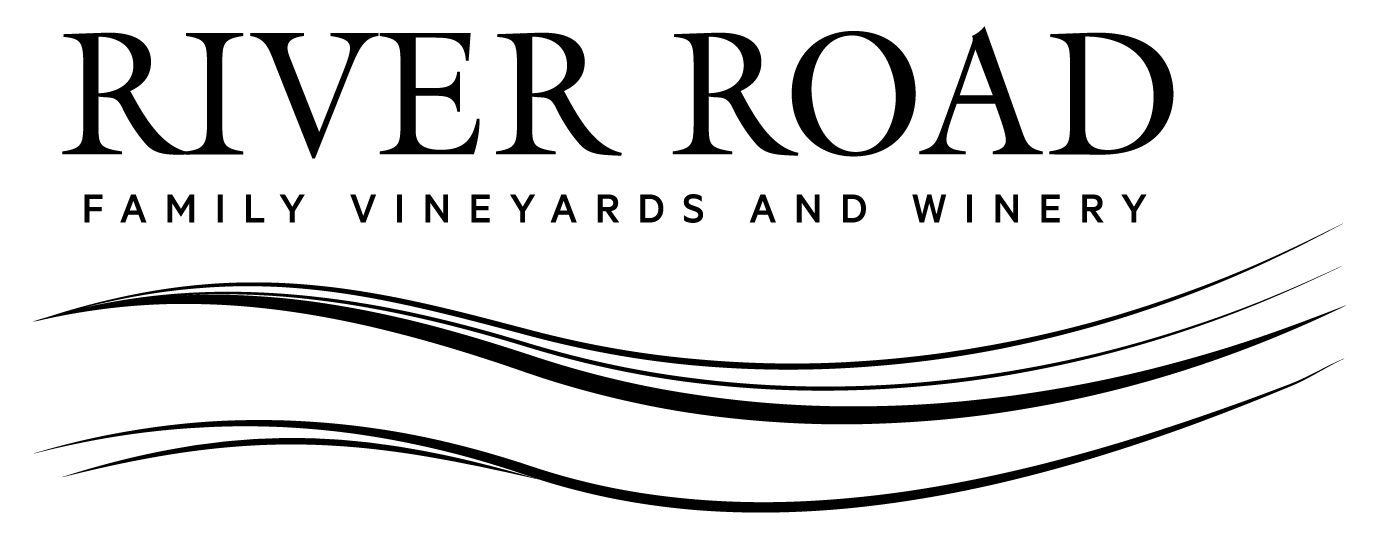VERAISON
It’s a pretty exciting time in the vineyard, as we’re seeing signs of color development in the Pinot Noir blocks. This color change, called VERAISON, signals that the vines have entered a new growth phase. The shift from green to purple is the most visible sign, but the entire grapevine is now focused on the ripening process. Our fully developed vine canopy is prepared to concentrate grape sugars in these berries. In addition, the vine will ripen accumulated tannins in the skins and seeds, and trigger reductions in acidity.
As the berry composition changes, the grapes become sweeter, less bitter and sour. The purple color also makes the grapes quite visible among the green leaves. The timing of these changes has evolved to create a delicious berry, just as the seed was mature. Humans, however, were never intended to be the consumers. When you consider all the energy a vine uses to create a viable seed, it wants a bird to eat it. After flying to a distant location, the bird will deposit the seeds on distant soil, spreading the vine’s offspring across the landscape.
One of our biggest challenges over the next two months is to keep flocks of birds from feasting on our grapes! We will use netting to cover the fruit zone, removing it just prior to picking. A lot of work, but a flock of starlings can decimate a vineyard with remarkable speed!
In past months, I’ve discussed water management in the vineyard, using soil moisture probes and vine stress measurements. Post-VERAISON is the time of the year we see a payoff in wine quality. Applying stress, by withholding water, gives the vine a “suggestion” to stop growing shoots and leaves, and move forward on ripening. Once the vine gets the hint, we can irrigate if necessary. No irrigation have been needed yet this year, so we’ve already saved thousands of gallons of water, compared to old-school approaches!
CONTINUED WARM WEATHER
As I’m writing this newsletter, the marine layer (cool air that streams in from the coast) is hanging over the vineyard. This is the norm for us on July and August mornings. This foggy start to the day doesn’t diminish my sense that the summer of 2017 has been a warm one. We’ve exceeded 100 degrees Fahrenheit on several afternoons in July, with temperatures peaking at 106 degrees on July 7. Even during those short heat waves, by 9:00 p.m. the temperatures had dropped down below 70 degrees, giving the vines a needed break. That’s the true advantage to growing wine grapes, on the Northern California coast, in Green Valley of Russian River Valley.
CROP ESTIMATES
A lot of time is spent in July planning for the upcoming harvest, making sure that we have enough tanks, barrels, yeast, and other materials needed for a successful vintage. It’s an inexact science, but we attempt to estimate the crop hanging on the vines, in each of our blocks. First, we count clusters to get an average number per vine. Then, a representative sample of clusters is clipped from the vine and weighed in our lab. Using previous years’ harvest weights as a guide, an estimate of the final weight is calculated.
Based on our model, we’re anticipating a crop level similar to 2016 (but more consistently spread among the vineyard blocks). Since the wines from 2016 are showing such great impact, we have high confidence in the vines’ ability to mature a beautiful crop!
As a farm operation, grape growing is not that different than other types of agriculture. While our number one goal is harvesting the best quality Pinot Noir and Chardonnay in California, we’re also intent on producing a financially sustainable crop from the Estate. It’s a nerve-wracking time of the year, with the entire crop hanging on the vine, exposed to the elements. Just like other farms, we won’t consider our vineyard a success until the crop is “in the barn.” I’m keenly aware of the concerns that Alvaro Zamora, our vineyard manager, is experiencing. Equally, the growers that supply many of our grapes are on edge, knowing that extreme heat spikes, an unseasonable rainstorm, and even wildfires, can still damage the crop before it’s ripe.
Next month, I’ll introduce you to our newest crop of Pinot Noir, as it will likely be crossing the sorting table to the fermentation tanks!
WINEMAKER DINNER

Enjoy these photos from a recent winemaker dinner, at Chop’s Lobster Bar in Boca Raton, Florida. It’s always enjoyable for me to meet fans of the winery when I’m traveling, and share a meal and our Ron Rubin Estate wines. Thank you to the staff at Chop’s, for hosting this great event!
Cheers!






